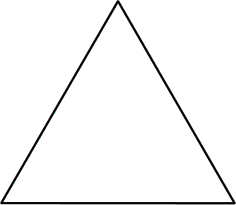25 MAY 2015 by ideonexus
 Kai Krause: The Uncertainty Principle
Kai Krause: The Uncertainty Principle
Heisenberg’s idea had quickly been dubbed Unschärferelation, which transliterates to “unsharpness relationship,” but as there is really no such term in English ('blurred', 'fuzzy', 'vague' or 'ambiguous' have all been tried), the translation ended up as "the Uncertainty Principle"—when he had not used either term at all (some point to Eddington). And what followed is really quite close to the analogy as well: rather than stating that either position or momentum are "as yet undetermin...22 MAR 2012 by ideonexus
 Neutrinos
Neutrinos
Neutrinos were first predicted to exist as the result of a puzzle related to the decay of neutrons. While neutrons are stable inside atomic nuclei, free neutrons are observed to decay, in an average time of about 10 minutes, into protons and electrons. The electric charge works out fine, because a neutron is electrically neutral, while a proton has a positive charge and an electron an equal and opposite negative charge. The mass of a proton plus an electron is almost as much as the mass of a ...An explanation of a fascinating particle that is the byproduct of the production of proton and electrons.
01 JAN 2010 by ideonexus
 Tides Created the Moon
Tides Created the Moon
There were tides in the new earth, long before there was an ocean. In response to the pull of the sun the molten liquids of the earth's whole surface rose in tides that rolled unhindered around the globe and only gradually slackened and diminished as the earthly shell cooled, congealed and hardened. Those who believe that the moon is a child of earth say that during an early stage of teh earth's development something happened that caused this rolling, viscid tide to gather speed and momentum ...Folksonomies: falsified hypotheses
Folksonomies: falsified hypotheses
In 1951, the predominant theory on the origin of the moon was that tidal forces on a molten Earth swung a chunk of it off into orbit.




